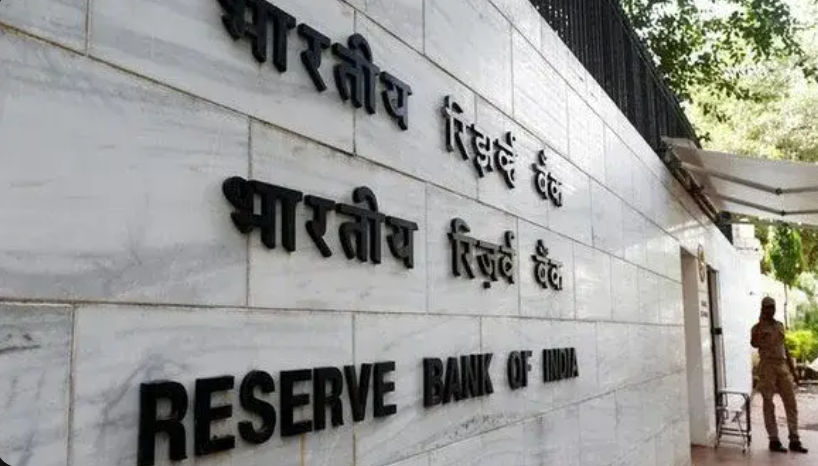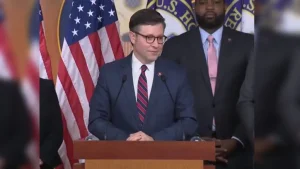India’s mechanism for the settlement of international trade in rupees has received a response from four to five countries, and multiple countries have also expressed interest, RBI’s deputy governor T Rabi Sankar said on Friday.
Also Read| RBI MPC Meet: 10 Key highlights from Governor Shaktikanta Das’ speech
“The response has been fairly good but since the process involves a lot of vetting at the level of banks, at the level of the central bank, at the level of the government, the initial process is taking some time,” T Rabi Sankar told reporters in the post-policy conference.
Also Read| Sensex, Nifty near day’s high after RBI hiked repo rate by 50 basis points
The rupee rose 12 paise to 81.61 against the US dollar on Friday after the RBI’s monetary policy committee announced a 50 basis point hike in the repo rate to 5.9%. On the interbank foreign exchange, the domestic unit opened at 81.60 per dollar, with an early high of 81.45 and a low of 81.69.
Also Read| RBI MPC meet: Home loan EMIs to get costly as central bank hikes repo rate
India introduced the new framework in July, saying that it aims to boost global trade growth and support increased global interest in the currency. Since Russia’s invasion of Ukraine, and more recently, despite the extraordinary monetary tightening, the rupee has been under pressure.
Also Read| RBI monetary policy committee meet: An overview
The decision to allow for trade settlement in rupees was supposed to assist India to avoid sanctions that prohibit the use of a global currency such as the US dollar in trade with specific nations.
As an example, sanctions against Russia were imposed by a number of nations in response to its invasion of Ukraine, and the US cut off Russia’s access to the dollar.
Also Read| Explained: Functioning of RBI’s Monetary Policy Committee
This prompted Indian companies, seeking to capitalise on decreased Russian commodity prices, to pursue new ways of payment for imports. In recent months, India has expanded its purchases of Russian crude oil.
Also Read| How inflation affects RBI’s interest rate policy
Banks will need RBI approval before adopting the rupee trade settlement system. Under the terms of the agreement, exports and imports will be valued in and invoiced in rupees with central banks setting the market exchange rate between the two trade partners’ currencies.







